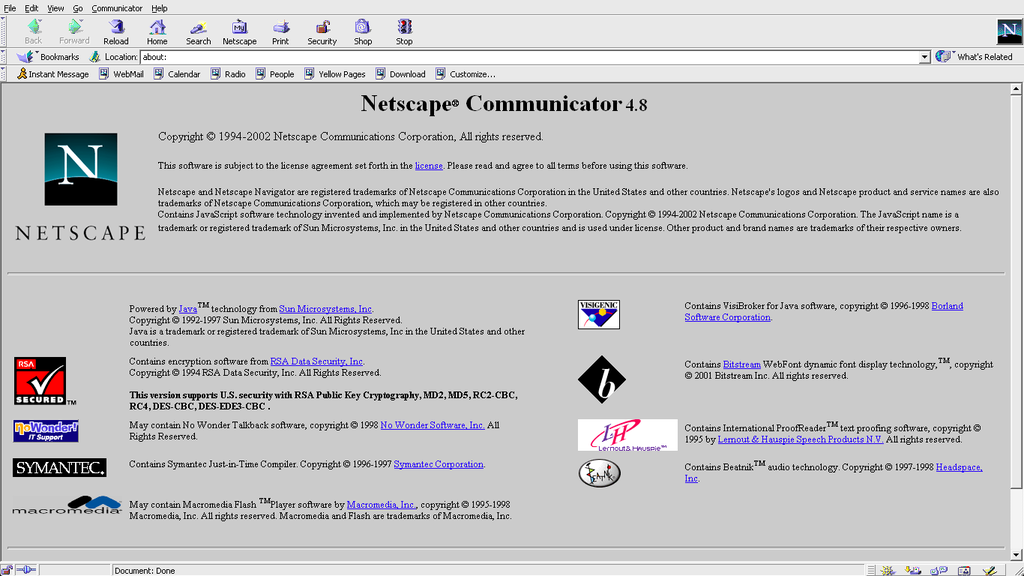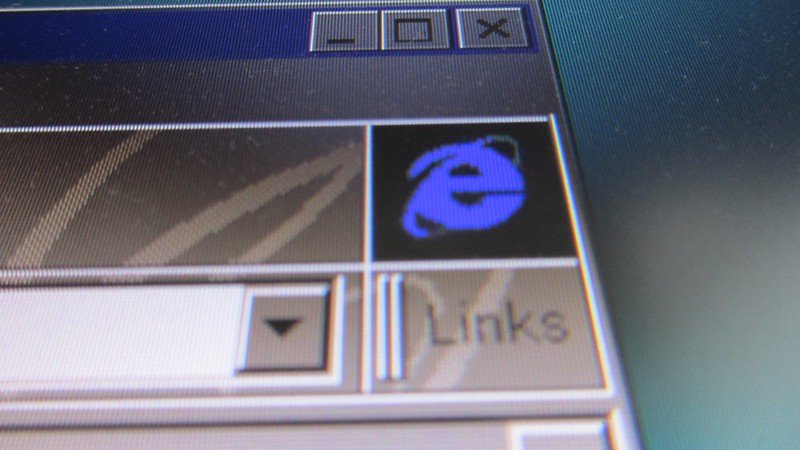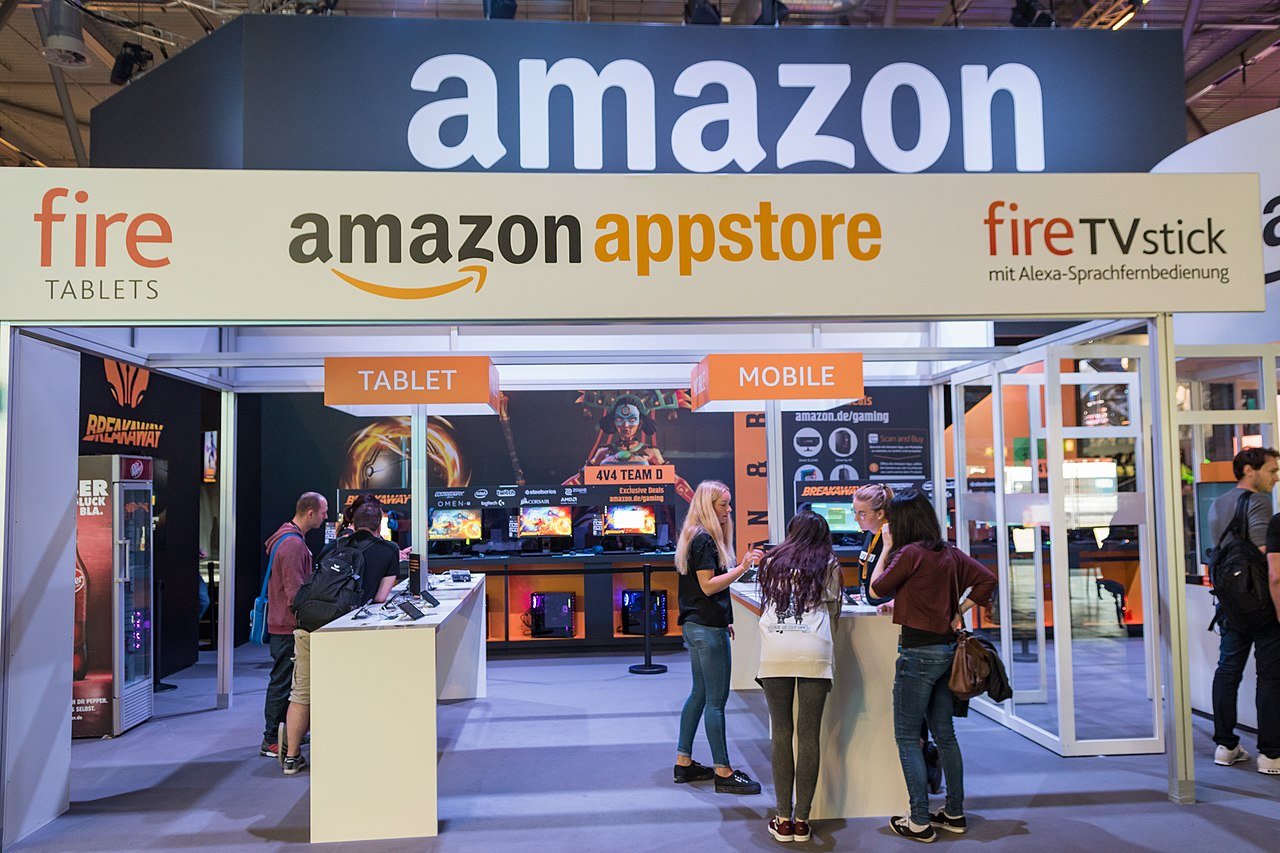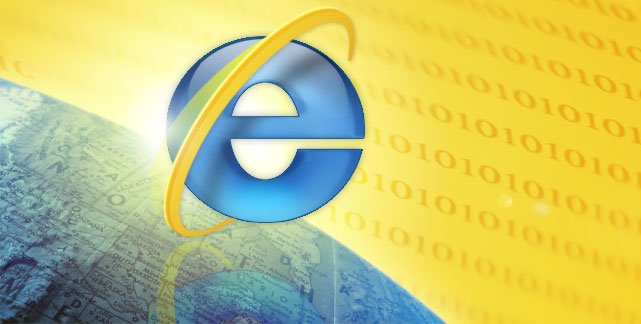On August 16, 1995, Microsoft unveiled Internet Explorer 1.0, its inaugural web browser bundled within the Windows 95 Microsoft Plus! package. Positioned to compete against browsers like Netscape Navigator, Internet Explorer (IE) quickly gained prominence, eventually becoming a dominant player in the web browsing arena.
IE’s impact was profound. It democratized the internet, enabling a wider audience to access the World Wide Web. It introduced features like in-page multimedia playback and support for CSS, which revolutionized website design and presentation. However, despite its popularity, Internet Explorer faced criticism due to security vulnerabilities and slower innovation compared to emerging rivals like Mozilla Firefox and Google Chrome.
In 2015, Microsoft introduced Microsoft Edge as a successor to Internet Explorer. Boasting modern architecture and enhanced security features, Edge gradually replaced IE as the default browser following the launch of Windows 10. This marked a transition from the aging IE to a more capable web browsing experience.
The end of an era arrived in June 2022, as Microsoft officially retired Internet Explorer. Its retirement signified the conclusion of a browser that significantly impacted web browsing history. Users were advised to shift to Microsoft Edge or other contemporary browsers, which offered heightened security and improved browsing capabilities. In this way, Internet Explorer’s journey, from its groundbreaking launch to its eventual retirement, encapsulated the dynamic evolution of web browsing technology.
Table of Contents
Internet Explorer’s Impact
Key points about Internet Explorer’s impact on web browsing history

Introduction of Web Browsing to the Masses
Internet Explorer’s integration with the Windows operating system marked a watershed moment in the history of web browsing, democratizing access to the World Wide Web on an unprecedented scale. As a built-in component of Windows, it offered a seamless entry point for millions of users into online exploration. This integration eliminated the need for users to seek out and install a separate web browser, streamlining the onboarding process for the digital era. The result was a transformative shift in how individuals interacted with information, communication, and commerce. Internet Explorer’s role in popularizing web browsing cannot be overstated; it laid the foundation for the Internet’s integration into daily life, fostering a global connectivity that continues to shape how we learn, work, and connect in the modern world.
Browser Wars
The launch of Internet Explorer in the mid-1990s triggered the infamous “browser wars,” a fierce and transformative battle between Microsoft’s Internet Explorer and Netscape Communications’ Netscape Navigator. This rivalry spurred rapid advancements in browser technology as both companies vied for dominance in the emerging world of web browsing. With each iteration, both browsers introduced new features, improved user interfaces, and enhanced support for web standards.
This competition had a profound impact on the evolution of the Internet. Web browsers became not only tools for accessing online content but also platforms for innovation. To outdo one another, Microsoft and Netscape accelerated the development of dynamic HTML, JavaScript, and other technologies that laid the foundation for modern web applications—this period of intense competition and innovation paved the way for the interactive and feature-rich web experiences we take for granted today.
Ultimately, while Internet Explorer gained significant market share due to its integration with Windows, Netscape’s contributions and the browser wars as a whole set the stage for a more dynamic and competitive landscape in which subsequent browsers like Mozilla Firefox, Google Chrome, and Safari would continue to push the boundaries of web browsing technology.

Monopoly and Antitrust Issues
Microsoft’s integration of Internet Explorer with its Windows operating system triggered allegations of anti-competitive conduct. The company’s dominant position in the OS market allowed it to bundle Internet Explorer with Windows, effectively making it the default browser for countless users. This strategy was perceived as an unfair advantage over other browser developers, leading to accusations of stifling competition. The ensuing legal battles, notably the United States v. Microsoft case, centered on whether Microsoft’s actions violated antitrust laws. The controversy shed light on the intersection of software bundling, monopolistic practices, and the potential to control access to the evolving internet landscape. Ultimately, the case influenced discussions about fair competition in the tech industry and paved the way for future regulations.
Web Standards and Innovation
Internet Explorer’s initial acclaim for popularizing web browsing was gradually overshadowed by its notorious struggle to keep up with evolving web standards. The browser’s sluggish adoption of these standards often resulted in frustrating compatibility issues, as many websites were designed with other browsers in mind. While vexing for users and developers, this situation inadvertently catalyzed innovation in the browser landscape. Competing browser makers, witnessing Internet Explorer’s limitations, seized the opportunity to differentiate themselves by emphasizing adherence to web standards. Mozilla Firefox and Google Chrome emerged as prominent contenders, prioritizing compatibility, speed, and security. This newfound competition compelled the industry to prioritize standards support, creating a more cohesive and user-friendly web experience. In this way, Internet Explorer’s shortcomings inadvertently nurtured a more dynamic and competitive ecosystem that paved the way for modern browsers to excel.
Security Concerns
Internet Explorer’s popularity as a widely used web browser exposed it to many security vulnerabilities and targeted attacks. Its integration with the Windows operating system further exacerbated the potential consequences of these vulnerabilities. When security flaws were discovered in Internet Explorer, they often posed risks beyond just compromising the browser itself. Due to its deep integration with Windows, successful exploits could grant attackers access to broader system resources and sensitive data, extending their impact on the entire operating system.
The interconnected nature of Internet Explorer and Windows meant that browser security breaches could facilitate unauthorized access, data theft, and even control over the affected system. This created a challenging environment for Microsoft and its users, as constant efforts were required to patch and update the browser to mitigate these vulnerabilities. The security concerns associated with Internet Explorer played a significant role in driving users to seek alternative browsers that offered stronger security measures and faster response to emerging threats, ultimately contributing to the decline of Internet Explorer’s market dominance.

Market Dominance and Decline
Internet Explorer’s dominance reached its zenith in the early 2000s, with popular iterations such as IE 6 and IE 7 commanding a substantial market share. However, this supremacy was progressively eroded by the emergence of formidable rivals like Mozilla Firefox and, subsequently, Google Chrome. These contemporary browsers posed compelling alternatives, boasting swifter performance, enhanced security mechanisms, and many advanced features.
With its open-source approach, Firefox introduced tabbed browsing, add-ons, and adherence to web standards, appealing to users seeking improved customization and compatibility. Google Chrome, later entering the scene, leveraged its minimalist design, lightning-fast speed, and robust security architecture to redefine the browsing experience. This pivotal shift marked a turning point as users sought browsers aligned with their evolving demands for seamless navigation, heightened privacy, and a seamless integration of modern web applications. Internet Explorer’s decline underscores the dynamic nature of technology, where innovation and adaptability determine the trajectory of user preferences and shape the evolution of digital landscapes.
Legacy and Transition
Internet Explorer’s legacy is a blend of pioneering influence and challenges. It was instrumental in democratizing web access, exposing millions to the online world through its integration with Windows. However, its history also bears the weight of criticism due to its inconsistent support of web standards and recurring security vulnerabilities. These issues impeded seamless browsing experiences and prompted frustrations among users and developers alike.
Microsoft recognized the need for a fresh approach and introduced Microsoft Edge as a successor to Internet Explorer. Edge addressed many of its predecessor’s shortcomings by embracing modern web standards, enhanced security measures, and improved performance. This transition represented a significant step forward in Microsoft’s commitment to a more user-friendly and secure browsing environment. While Internet Explorer’s journey highlights its positive contributions and struggles, its legacy ultimately serves as a reminder of the rapid evolution of web technologies and the importance of continuous innovation in the digital landscape.

Retirement of Internet Explorer
In August 2021, Microsoft marked the official retirement of Internet Explorer, culminating in a journey that began with its groundbreaking launch in 1995. Over the years, Internet Explorer played a monumental role in shaping web browsing history by introducing the masses to the World Wide Web. However, its dominance waned as newer, more innovative browsers emerged.
Microsoft Edge, built on a different rendering engine, had gradually taken the mantle from Internet Explorer. With improved performance, enhanced security features, and better compatibility with modern web standards, Edge redefined the browsing experience. This transition was driven by the need for a more capable browser in an era where web technologies advanced rapidly. As Internet Explorer’s legacy drew to a close, it remained a testament to the transformative power of technology and its lasting impact on how we navigate and interact with the digital world.
Internet Explorer’s debut in 1995 left an indelible mark on the web browsing landscape. By integrating seamlessly with the Microsoft Windows operating system, it introduced the masses to the world of the Internet, revolutionizing how people accessed information and interacted online. This launch triggered a fierce rivalry, famously known as the “browser wars,” propelling rapid innovation in browser technology. However, Internet Explorer’s dominance was marred by accusations of anti-competitive behavior and security vulnerabilities. Nevertheless, its legacy is a dichotomy of positive and negative impact. While criticized for its non-adherence to web standards and security flaws, it undeniably played a pivotal role in shaping the evolution of web technologies. The eventual rise of competitors like Firefox and Chrome prompted Microsoft to reevaluate its approach, leading to the development of Microsoft Edge. In conclusion, Internet Explorer’s launch profoundly impacted the history of web browsing, shaping its evolution and setting the stage for the modern online experience.














